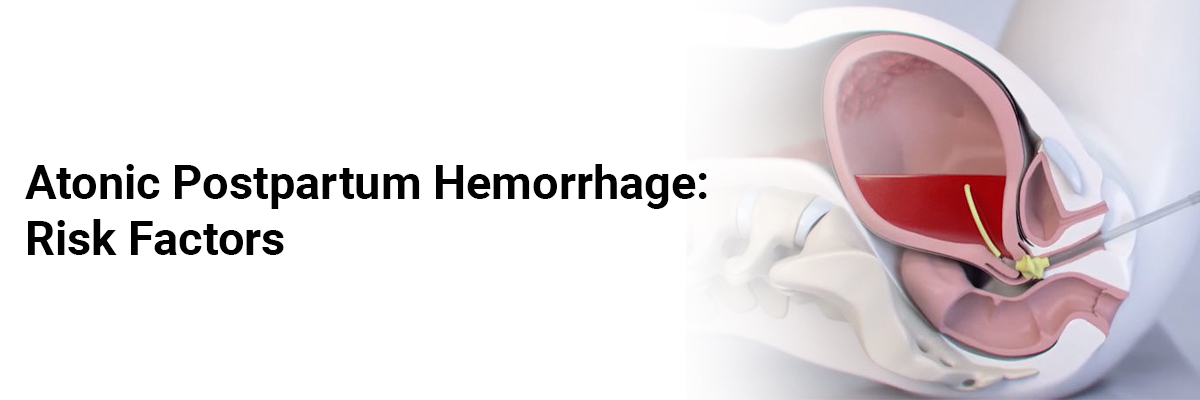
 IJCP Editorial Team
IJCP Editorial Team
Atonic Postpartum Hemorrhage: Risk factors
Atonic Postpartum Hemorrhage arises when the uterine muscles don't contract enough to close the placental blood vessels shut after childbirth, which can lead to life-threatening blood loss after delivery. Ende HB et al. identified and quantified risk factors for atonic postpartum hemorrhage.
They searched the reputed databases to include studies on pregnant patients who developed atonic postpartum hemorrhage and reported at least one risk factor.
The investigators screened 1,239 records and included 27 studies for their review. They identified forty-seven potential risk factors for atonic postpartum hemorrhage, of which they judged 15 as definite or likely risk factors, while the remaining 32 assessed risk factors showed no association with atonic postpartum hemorrhage or had conflicting or unclear evidence.
The authors concluded that a significant proportion of postpartum hemorrhage occurs without recognized risk factors. They confirmed many risk factors for atonic hemorrhage, with the greatest risk conferred by prior postpartum hemorrhage of any etiology, placenta previa, placental abruption, uterine rupture, and multiple gestations. However, they did not include novel risk factors like hypertension, diabetes, and ethnicity in risk-assessment tools. Furthermore, the authors did not find an association between obesity and magnesium with atonic postpartum hemorrhage in their review.
Source: Gynecol. 2021 Feb 1;137(2):305-323. doi: 10.1097/AOG.0000000000004228. PMID: 33417319; PMCID: PMC8336570.

IJCP Editorial Team
Comprising seasoned professionals and experts from the medical field, the IJCP editorial team is dedicated to delivering timely and accurate content and thriving to provide attention-grabbing information for the readers. What sets them apart are their diverse expertise, spanning academia, research, and clinical practice, and their dedication to upholding the highest standards of quality and integrity. With a wealth of experience and a commitment to excellence, the IJCP editorial team strives to provide valuable perspectives, the latest trends, and in-depth analyses across various medical domains, all in a way that keeps you interested and engaged.





















Please login to comment on this article